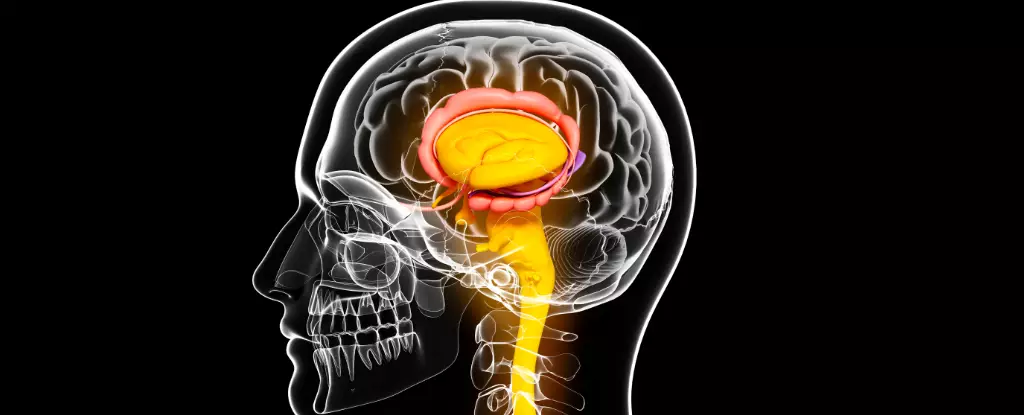The intricacies of the human brain extend far beyond its surface, with many essential functions taking place in the less conspicuous subcortical areas. These regions are pivotal for managing emotions, learning, motor control, and attention. Their significance becomes even more pronounced when we consider their involvement in various neurological disorders. Recent research has ventured into the genetic underpinnings of these subcortical structures, proposing that specific genetic variations could play a crucial role in their development and, consequently, in the pathology of brain-related conditions.
Subcortical structures, often overshadowed by the vast cerebral cortex, are fundamental to a variety of cognitive and emotional processes. Conditions like schizophrenia, Parkinson’s disease, and attention deficit hyperactivity disorder (ADHD) have been shown to correlate with abnormalities in these areas. The revelation that certain genetic variants could influence the size and structure of these regions positions genetics as a significant player in the quest to understand these disorders.
The implications of these findings are profound, as they could potentially bridge the gap between genetic predisposition and phenotypical manifestations of these psychiatric and neurological conditions. Understanding the biological framework that underlies such disorders could guide researchers and clinicians toward more targeted interventions and therapies.
A recent large-scale study, conducted by an extensive international team of 189 researchers, has brought new insights into these relationships. The study harnessed data from a staggering 74,898 individuals across 19 different countries, highlighting a collaborative effort facilitated by networks such as the Enhancing Neuro Imaging Genetics through Meta-Analysis (ENIGMA) consortium. This level of cooperation exemplifies the global commitment to unraveling the genetic factors shaping human health and behavior.
Utilizing genome-wide association studies (GWAS), researchers systematically identified 254 genetic variants that correlated with the size of various subcortical regions, including well-studied areas such as the hippocampus and amygdala. This extensive approach allowed for the measurement of brain volumes through MRI scans, linking genetic influences to structural variations in the brain.
The outcomes of the study are groundbreaking, accounting for nearly 10% of the observed variations in subcortical volume among participants. Specifically, genetic correlations were identified relating to Parkinson’s disease and ADHD, enhancing our understanding of the biological roots of these conditions. The notion that genetic influences could impact brain structure illuminates a pathway towards comprehending not only the disorders themselves but also the general landscape of human cognition and behavior.
As Miguel Rentería, a prominent figure in the study, articulates, the findings provide essential groundwork for developing improved treatment strategies. The authors argue that recognizing these genetic pathways is crucial for grasping the origins of brain-related disorders. This new perspective can assist in tailoring more effective interventions and advancing treatments, particularly for conditions deeply rooted in biology.
While the research illuminates significant correlations between genetic variants and subcortical structure development, the mechanisms behind these relationships remain speculative. It opens avenues for further investigations that must address the nuances of these genetic interactions. Future studies are essential for ascertaining not only whether these genetic variations influence subcortical development but also how they translate into clinical manifestations of neurological disorders.
Paul M. Thompson, a driving force behind the study, emphasizes the importance of pinpointing the exact locations where these genes exert their influence in the brain. Such detailed knowledge is crucial for future therapeutic targets and could eventually unravel intricate networks responsible for a spectrum of cognitive functions.
This pivotal research represents a stride towards understanding the gene-brain connection. By sifting through layers of complexity in neurogenomics, we inch closer to unlocking the secrets of the human brain, with the hope of mitigating the impacts of debilitating conditions afflicting millions worldwide. As we continue to explore the deep brain’s genetic landscape, the potential for revolutionary advancements in neuroscience and psychiatric medicine continues to expand.

